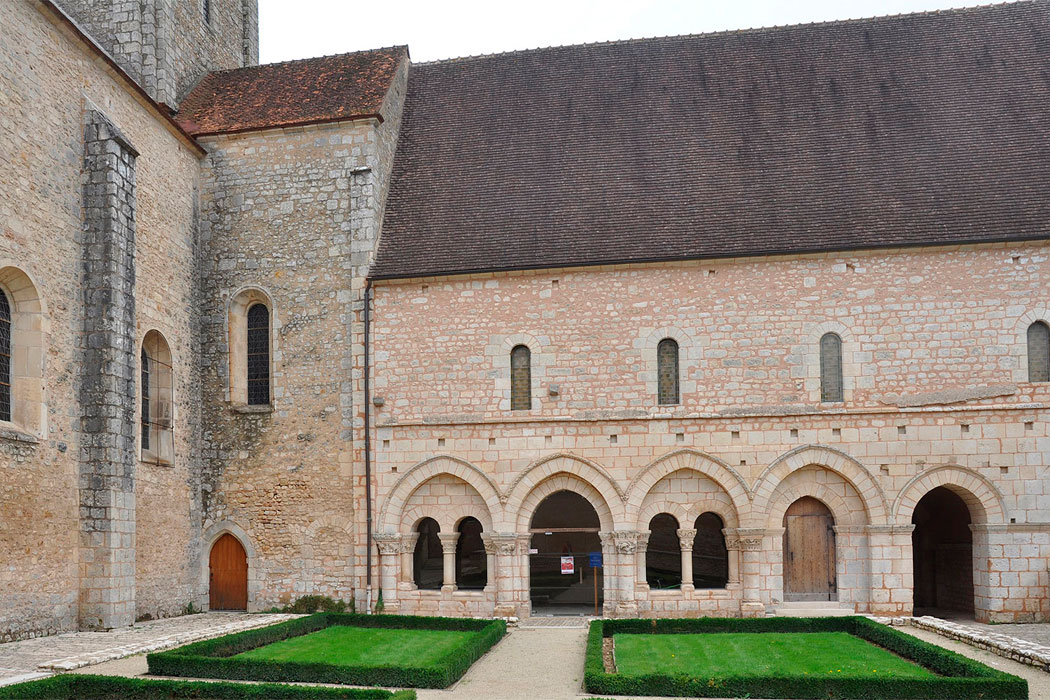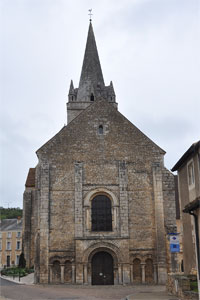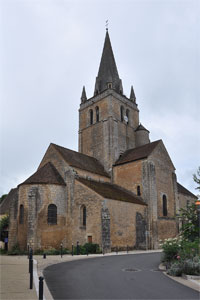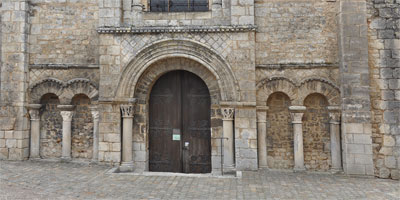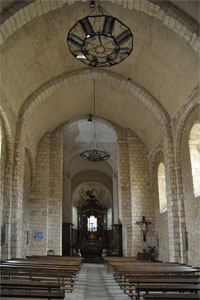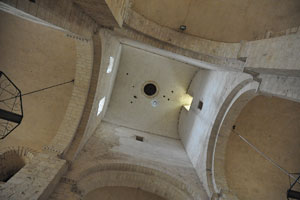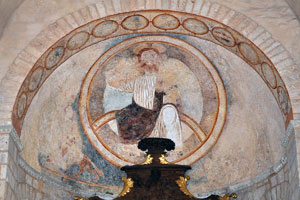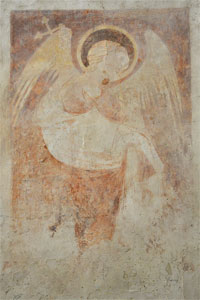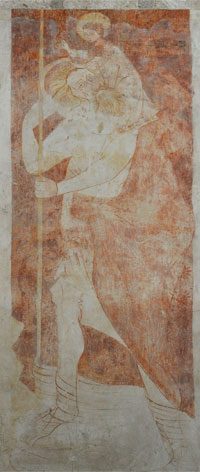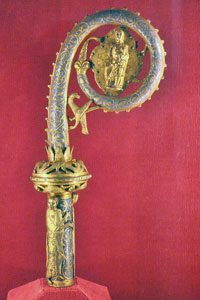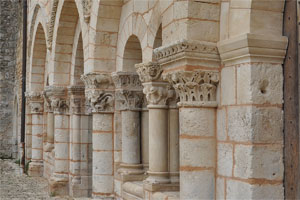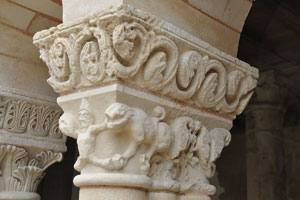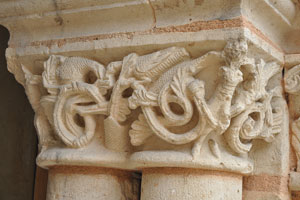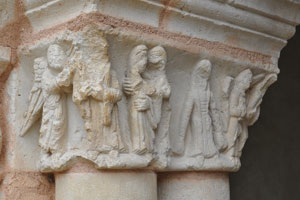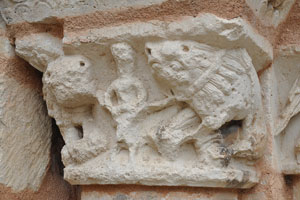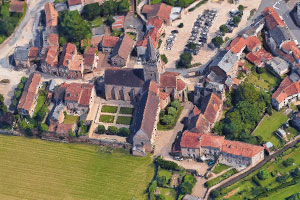The origins of the Abbey of Saint-Benoît de Quinçay are uncertain. Tradition places it in the time of Bishop Hilary of Poitiers (4th century), but a more plausible version suggests that it was founded —or perhaps restored, if it had an earlier origin— around 670-672 by Achard († 687), a native of Poitiers who had professed as a monk at the Abbey of Saint-Jouin-de-Marnes (or Ension, Deux-Sèvres). To carry out this foundation, he received financial support from his family and from the Abbey of Jumièges (Seine-Maritime).
In 674, two monks arrived from Jumièges to instruct the community of Quinçay. Achard himself became abbot of Jumièges in 682 and died there in 687. The abbeys of Jumièges and Quinçay maintained close ties: Saint Philibert of Jumièges (616-685), founder of this monastery, had also played a role in the foundation and construction of Quinçay’s monastic church, which at that time was dedicated to the Virgin Mary. In 868, due to Viking invasions, the monks abandoned the abbey and sought refuge in Auvergne, while the monastery was destroyed.
Following that episode, the establishment disappeared or was reduced to a minimal presence until it was revived in the 11th century. By 1027, there was already an abbey dedicated to the Virgin Mary, Saint Andrew, and Saint Benedict. Around this time, the relics of Benoît of Aizenay (a 4th-century figure) are thought to have arrived, which led to the site being known thereafter as Saint-Benoît de Quinçay. It was under the authority of the chapter of Poitiers Cathedral, which appointed its abbots. It never became a major abbey, and its community appears to have been small.
By the mid-15th century, it was in full decline, and its buildings were in poor condition. In 1569, it suffered directly from the Wars of Religion. In 1574, it came under the governance of commendatory abbots. Later, it joined the Congregation of the Exempts, and in 1758 it returned to the jurisdiction of the Bishop of Poitiers. In 1760, the monastery was suppressed, and two years later the parish was transferred to its church. During the Revolution, its property was sold. Today, the church —largely Romanesque— survives, along with remains of the cloister destroyed during the Wars of Religion, and other later buildings.
- BEAUNIER, Dom (1910). Abbayes et prieurés de l'ancienne France. Vol. 3: Auch, Bordeaux. Abbaye de Ligugé
- CAMUS, Marie-Thérèse (1999). En écho à l’art d’Aulnay, la sculpture de la salle capitulaire de Saint-Benoît-de-Quincay. Poitiers: Centre d'études supérieures de civilisation médiévale
- CROISET, Jean (1723). Les vies des saints pour tous les jours de l’année. Vol. 2. Lyon: Boudet
- DU TEMS, Hugues (1774). Le clergé de France, vol. II. París: Delalain
- HENRION, Fabrice (2008). L’église Saint-Benoît d’Aizenay (Vendée). Bulletin du centre d’études médiévales d’Auxerre, núm. 12
- JAUD, Léon (1910). Saint Filibert, fondateur et abbé de Jumièges et de Noirmoutier. Luçon: Pacteau
- LECOINTRE, Eugène (1851). Notice sur l'abbaye de Saint-Benoît de Quinçay. Mémoires de la Société des Antiquaires de l'Ouest. Poitiers / Paris: Derache
- MARSONNIÈRE, J.-L. de la (1883-1888). Paysages et monuments du Poitou. Vol III. París
- OLIM (1875). Entre Touristes. Saint-Benoît de Quinçay. Revue d’Aquitaine. Poitiers: Imp. Générale
- SAINT-MAUR, Congregació de (1720). Gallia Christiana in provincias ecclesiasticas distributa. Vol. 2. París: Typographia Regia
